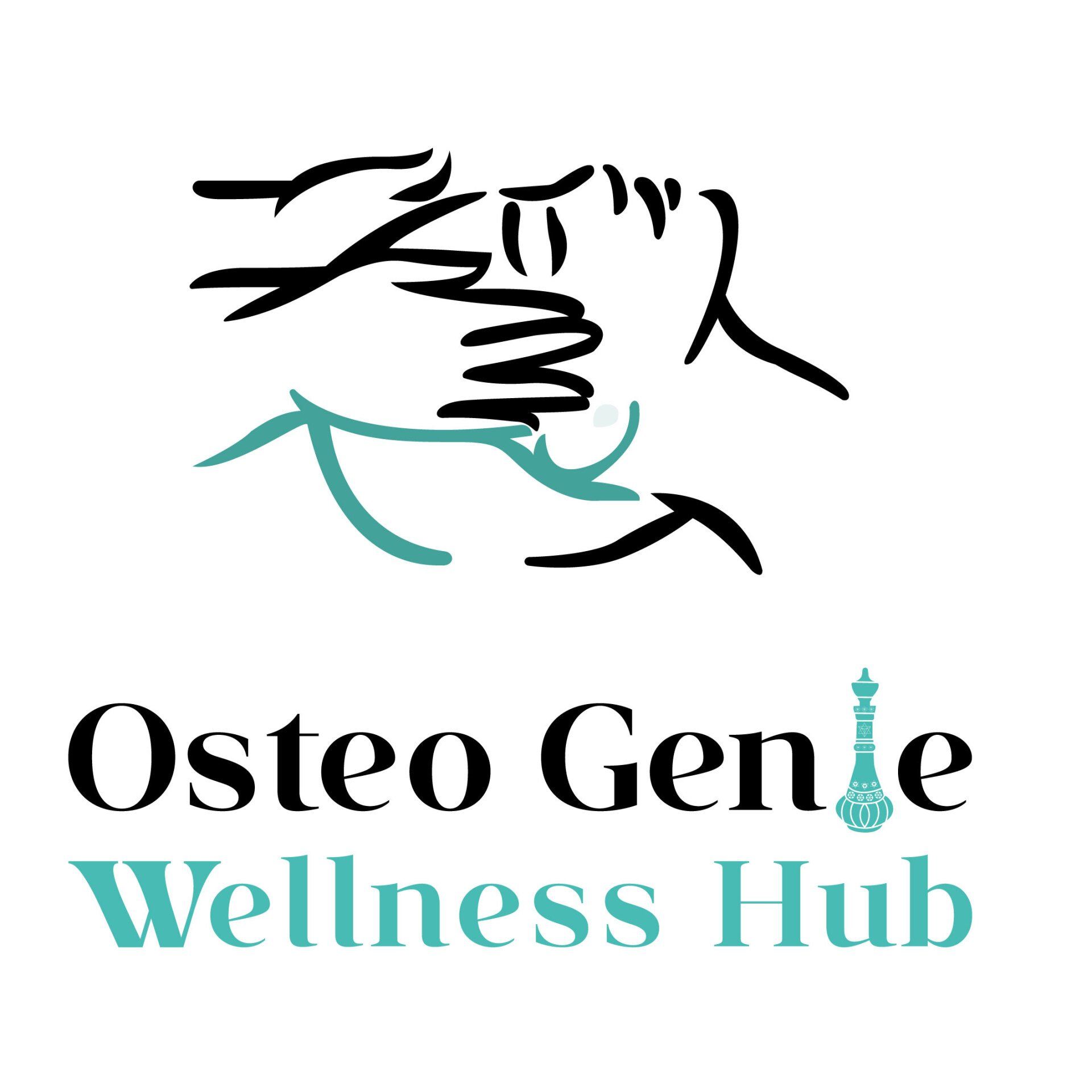Thai Massage Therapy Whitby, Ontario
Thai Massage
Thai massage is a traditional form of bodywork that originated in Thailand, combining elements of acupressure, yoga-like stretching, and meditation. It is distinct from other types of massage due to its unique techniques and holistic approach to health and wellness.
Key Characteristics of Thai Massage:
1. **Techniques**:
- Thai massage involves a series of rhythmic, flowing movements and stretches. The practitioner uses their hands, elbows, knees, and feet to apply pressure along the body's energy lines, known as "Sen" lines.
- Instead of using oils, the recipient typically remains fully clothed in loose, comfortable attire.
2. **Stretching**:
- The massage incorporates passive stretches that help improve flexibility and range of motion. This aspect resembles yoga, as the practitioner guides the recipient through various poses and stretches.
3. **Pressure Points**:
- Similar to acupressure, Thai massage targets specific points on the body that correspond to energy pathways. This helps to release blockages and promote the flow of energy or "Chi."
4. **Holistic Approach**:
- Thai massage is rooted in Buddhist philosophy and the belief that physical, emotional, and spiritual well-being are interconnected. The practice aims to balance these aspects and promote overall health.
5. **Benefits**:
- Thai massage can help relieve muscle tension and pain, improve circulation, enhance flexibility, reduce stress and anxiety, and promote relaxation and a sense of well-being.
6. **Duration**:
- A typical session lasts between 60 to 120 minutes, depending on the treatment and the individual's needs.
7. **Environment**:
- Sessions are usually conducted in a calm, quiet environment, often with soft music and dim lighting to enhance relaxation.
